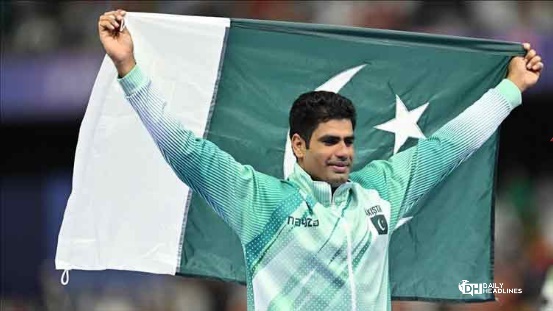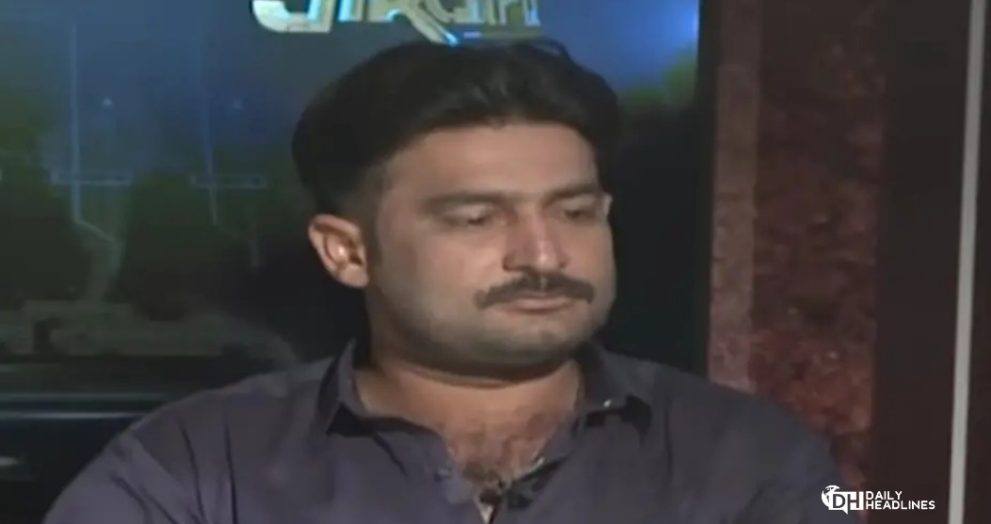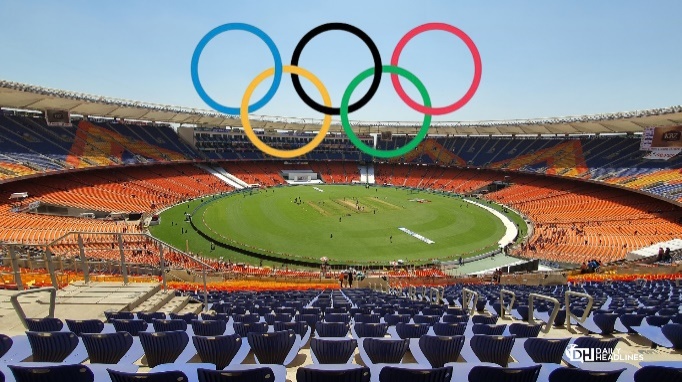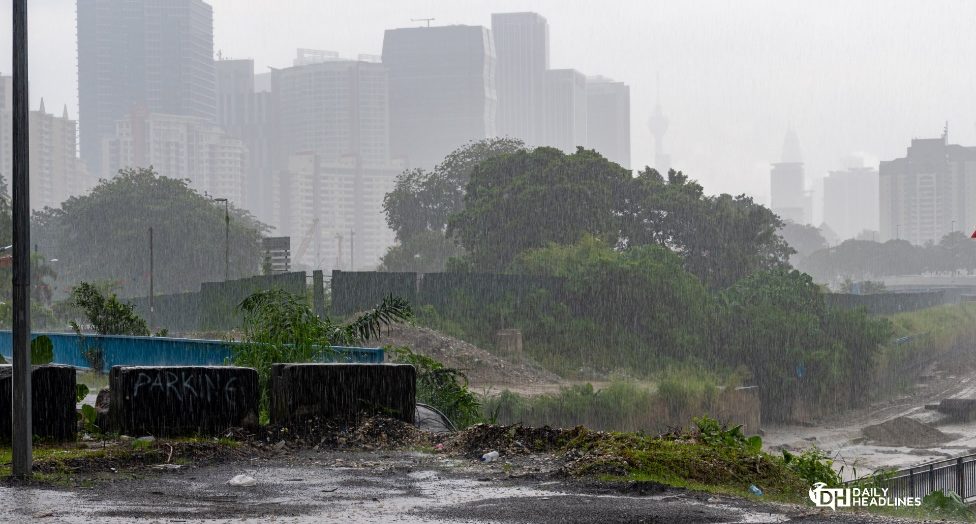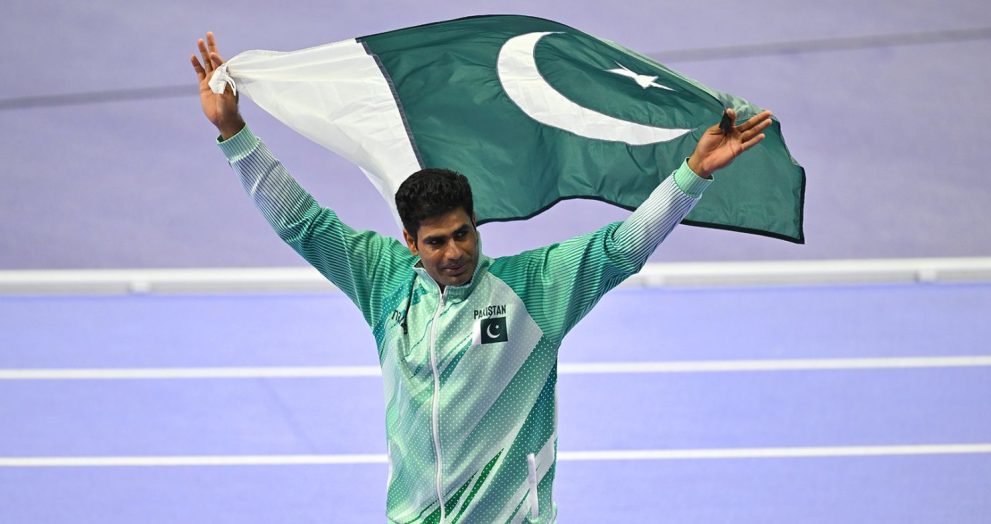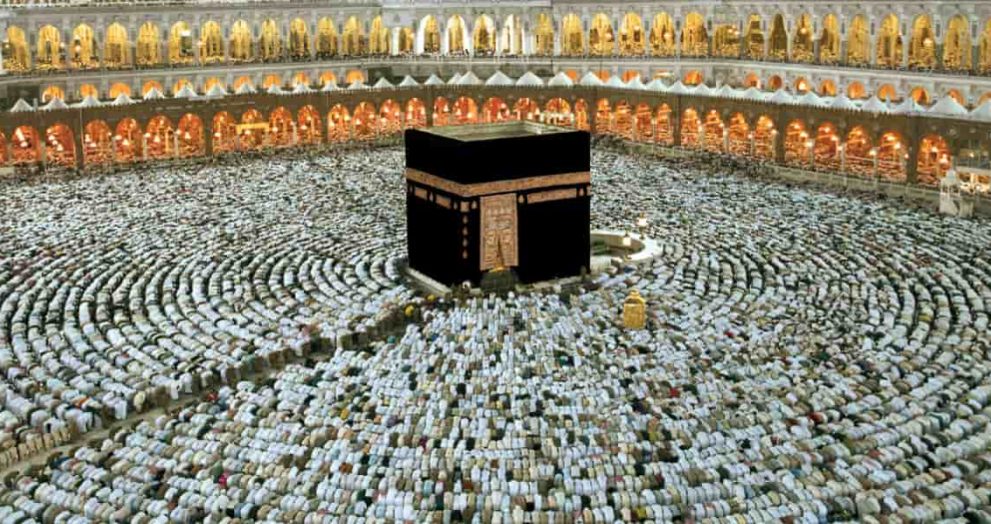Gold Price Falls by Rs3,000 in Pakistan Amid Global Market Decline
In a significant market update, the gold price in Pakistan has experienced a sharp fall, plunging by Rs3,000 per tola on Wednesday, July 17, 2025. This brings the new price of 24-karat gold to Rs356,000 per tola, according to figures released by the All-Pakistan Gems and Jewelers Sarafa Association (APGJSA). This decline follows a Rs700 drop just a day earlier, marking a noticeable downward trend in the gold market over the past 48 hours. The price of 10 grams of gold also dropped significantly, settling at Rs305,212, after a Rs2,572 reduction from the previous rate. This consistent decrease in domestic rates is directly tied to developments in the international bullion markets. Globally, the gold price slid to $3,335 per ounce, down by $30. The APGJSA confirmed that this figure includes a $20 premium, which further highlights the weakening international trend. A stronger US dollar and fluctuations in investor sentiment regarding inflation and interest rates have continued to impact gold demand on a global scale. In contrast, silver prices in Pakistan remained unchanged. The price per tola of silver stayed steady at Rs4,014, reflecting the metal’s relative stability compared to gold. The lack of volatility in silver markets has kept investor attention largely focused on the shifting gold price trends. Local jewelers are keeping a close watch on these price movements. While the drop may appear beneficial for buyers, especially with the upcoming wedding season in Pakistan, experts warn that the market could remain volatile due to the dynamic nature of global factors. “Prices are reacting to international pressure,” said a Karachi-based jeweler. “The consistent falls may seem attractive for now, but there’s a possibility of recovery or further decline, depending on how the global economy and investor confidence evolve in the next few weeks.” For Pakistani consumers, this dip in the gold price could provide an opportunity to make timely purchases. Traditionally, wedding seasons fuel a surge in gold buying, and lower prices may ease the financial burden for many families preparing for matrimonial ceremonies. But Pakistan’s economic environment also matters. Despite decreased rates, affordability is still a major concern because inflation is still having an effect on household incomes and the rupee is still having problems. Customers are exercising caution, and many are choosing to accommodate their budgets by purchasing lighter jewelry sets or fewer quantities. Analysts advise that while this recent fall in the gold price presents a short-term window for potential buyers, the broader outlook remains uncertain. International market signals, including interest rate decisions by the US Federal Reserve and geopolitical tensions, will likely continue to shape gold’s performance in the weeks ahead. The gold price in Pakistan has seen a substantial drop due to global influences, falling by Rs3,000 per tola in a single day. Though this brings some relief to consumers, especially during a peak buying period, jewelers and analysts remain cautious. With international volatility driving local rates, both buyers and sellers are advised to stay informed and alert to further developments.




